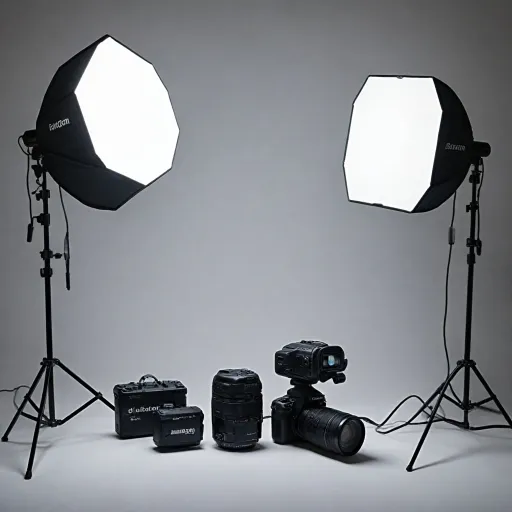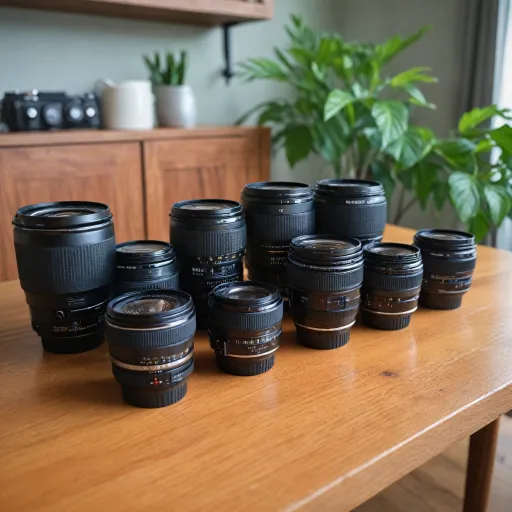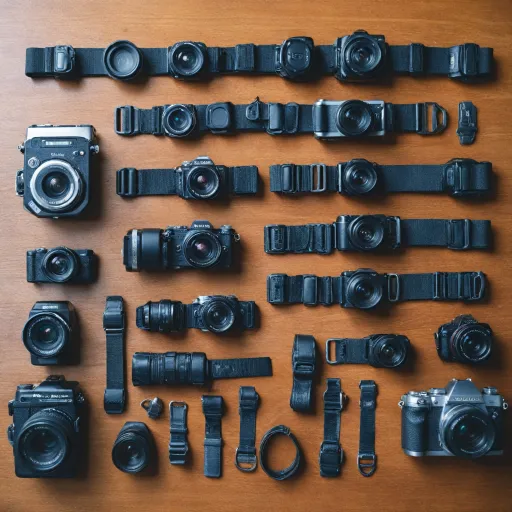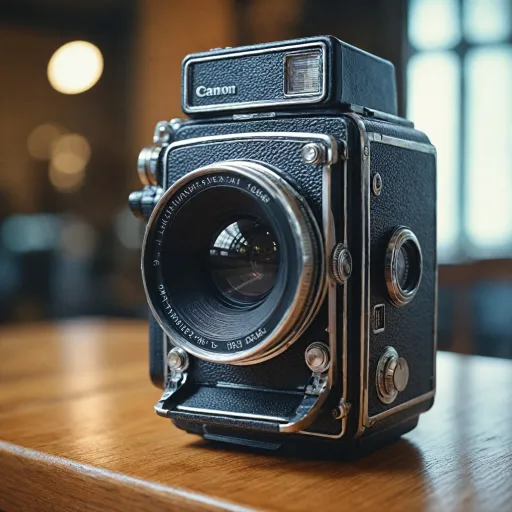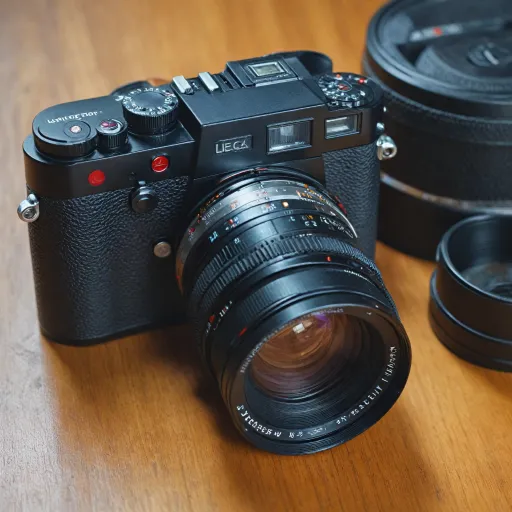
What is tvs flash and why does it matter
Exploring the Role of TVS Flash in Digital Cameras
When diving into the world of digital photography, you might come across the term tvs flash. This feature is more than just a technical specification—it’s a key element that can shape your entire camera experience. TVS flash, sometimes referred to as a personal flasher or flash interface, is a system designed to control the burst of light your camera emits when taking a photo. It’s engineered to synchronize with your camera’s settings, ensuring your images are well-lit, sharp, and vibrant, especially in challenging lighting conditions.
Why does this matter? The right flash system can make the difference between a photo that looks flat and one that pops with detail. TVS flash systems are often found in modern digital cameras and are supported by advanced software and tuning options. These allow users to add or tune the flash performance to suit different environments, whether you’re shooting on a stage, capturing a vehicle, or working in a studio setting. Some systems even offer personal flasher packages, which can be purchased and stored for specific needs, much like how obdii tools are used for vehicle tuning.
- Engineering and Performance: TVS engineering focuses on delivering reliable, consistent flash output. This is crucial for genres like real estate, product, or event photography, where lighting consistency is key.
- Software Integration: Many cameras now include dsg software or tvs personal flasher tools, letting you customize flash settings and store personal preferences for future shoots.
- Privacy and Data: Some systems highlight privacy policy considerations, especially when using cloud-based or connected flash interfaces. Always review the privacy policy before using new software or products.
Understanding how TVS flash works and why it’s important sets the stage for exploring how it affects your photography, the types of systems available, and how to get the most out of your camera’s flash capabilities. If you’re interested in the technical aspects of how digital cameras connect and communicate with accessories like flashes, you might find this guide on the role of HDMI cables in digital cameras helpful for a deeper dive into camera interfaces and connectivity.
How tvs flash affects your photography
How tvs flash changes your camera results
When you use a digital camera, the tvs flash system plays a big role in shaping your final image. The flash is not just about adding light. It’s about how that light interacts with your subject, the stage, and even the environment. Whether you’re using a personal flasher or a more advanced tvs engineering solution, the way the flash fires can change the mood and clarity of your photos.
- Exposure control: The tvs flash helps fill in shadows and balance exposure, especially in low-light conditions. This is crucial for capturing details that might otherwise be lost.
- Color accuracy: Proper tuning of the flash interface ensures that colors remain true to life. If the flash is too harsh or not tuned correctly, skin tones and backgrounds can look unnatural.
- Motion freezing: A well-timed flash can freeze action, making it ideal for capturing fast-moving subjects. This is especially useful for vehicle photography or any dynamic stage setting.
- Creative effects: Using additional flash products or software, such as dsg software or personal flasher add-ons, lets you experiment with different lighting effects. This can enhance the artistic feel of your images.
It’s important to note that not all tvs flash systems are created equal. Some cameras offer manual visit options for adjusting flash power, while others rely on software tuning or even obdii-based controls for more advanced users. The ability to add tunes or select a purchased tune can further personalize your flash performance, making each shot unique.
For those interested in how modern flash technology is evolving, the Godox V100 Sony flash review offers insights into the latest advancements in lithium battery-powered flash units. This kind of innovation is changing what photographers can achieve with their cameras.
Remember, the way your tvs flash is described in the instruction manual or privacy policy can impact how you use it. Always refer to the manual visit or described instruction for best results, especially if you have a package stored or a flasher purchased with your camera. If you encounter issues, many products offer a cart or support system to help you get the most from your tvs flash experience.
Types of tvs flash systems in digital cameras
Exploring the Main Flash Systems in Digital Cameras
When it comes to digital cameras, the term "tvs flash" refers to a specific type of flash technology engineered for enhanced performance and flexibility. Understanding the different flash systems available can help you make informed decisions when adding new products to your cart or tuning your camera setup for personal or professional use.
- Built-in Flash: Most entry-level and mid-range cameras come with a built-in flash. This system is convenient and easy to use, but it may lack the advanced tuning and performance features found in external flash units. Built-in flashes are often limited in power and flexibility, making them suitable for casual photography or as a backup on stage or in low-light situations.
- External Flash (Hot Shoe Flasher): External flash units, sometimes called "flashers," connect to your camera via the hot shoe interface. These offer more power, advanced engineering, and additional tuning options. Many photographers prefer external flashes for their ability to fill a scene with more natural light and for the manual control they provide. Some systems, like the tvs personal flasher, allow for software updates and performance enhancements through obdii-style interfaces, similar to vehicle tuning products.
- Wireless Flash Systems: Wireless flash systems use radio or optical signals to trigger multiple flash units off-camera. This setup is ideal for complex lighting on stage or in studio environments. Wireless systems often come with dedicated software for tuning and performance optimization, allowing you to add or remove flashes as needed. Some brands offer packages where your purchased tune or flasher purchased can be stored personal for future use, making it easier to replicate lighting setups.
- Specialized Flash Systems: Some cameras and brands, such as those using the mqb platform or tvs engineering, offer proprietary flash systems. These may include features like dsg software integration, advanced flash interface options, and support for gen-specific products. Always check the instruction manual or visit tvs for detailed guidance on using these systems, as described instruction and privacy policy notes may affect how your data is stored personal or how tunes tvs are managed.
When comparing flash systems, consider how each option aligns with your photography needs. For example, if you require a wide field of view or creative lighting effects, exploring the Canon EF fisheye lens can complement your flash setup for unique results. Always review the manual visit and instruction manual for your camera and flash system to ensure compatibility and optimal performance.
Tips for using tvs flash effectively
Getting the Most Out of Your TVS Flash System
To improve your digital camera experience with a TVS flash, it’s important to understand how to tune and adjust your settings for different shooting scenarios. Whether you’re using a personal flasher or a more advanced TVS engineering solution, these tips can help you achieve better results and avoid common pitfalls.
- Know Your Stage and Cart: Before you start, make sure your flash is properly installed and compatible with your camera. Always check the instruction manual or the described instruction provided by the manufacturer. This helps prevent issues with the flash interface and ensures your products work together seamlessly.
- Fine-Tune Your Flash: Use the tuning options available in your TVS flash system. Adjust the intensity and timing of the flash to match your subject and environment. For example, when shooting in low light, a higher flash output may be needed, while in bright conditions, a softer fill flash can help balance shadows.
- Use Additional Software: Many TVS flash systems offer software or dsg software for advanced control. This allows you to add tunes, update your flash, and even store personal settings for different vehicles or camera models. Always use the software described by TVS engineering and follow the privacy policy when storing personal data.
- Manual and OBDII Options: Some TVS flash systems support manual tuning or OBDII interfaces. This can be useful for photographers who want more control over their flash performance. If you have purchased a tune or a flasher, make sure to follow the package stored instructions and keep your manual visit handy for reference.
- Test and Adjust: After making changes, take test shots to evaluate the results. If you notice issues like overexposure or uneven lighting, revisit your settings and make incremental adjustments. The goal is to achieve a natural look that enhances your subject without overpowering the scene.
Remember, every camera and TVS flash combination is unique. The best results come from experimenting with your setup and learning how different tunes TVS or flash interface options affect your images. If you encounter issues, refer to the requested TVS support resources or the instruction manual for troubleshooting tips. By taking a methodical approach and using the tools provided, you can elevate your photography and make the most of your TVS flash system.
Common issues with tvs flash and how to solve them
Troubleshooting Common TVS Flash Problems
Even with advanced tvs flash systems, photographers sometimes face issues that can disrupt their workflow. Here are some typical problems and practical solutions, whether you use a personal flasher, tvs engineering products, or other flash interface setups.- Flash Not Firing
Double-check that your flash is properly connected to the camera and that the tvs flash interface is enabled in your camera’s menu. If you use a personal flasher or obdii-based tuning device, ensure the software is updated and the cart is compatible with your camera model. Sometimes, a manual visit to the instruction manual or the tvs described instruction can reveal a simple fix. - Inconsistent Exposure
If your images are overexposed or underexposed, try tuning your flash settings. Adjust the stage of the flash output and verify that the requested tvs tune matches your shooting environment. For cameras with dsg software or additional performance packages, make sure the purchased tune or flasher purchased is correctly installed and stored personal settings are not interfering. - Slow Recycle Times
Slow flash recycle can be caused by low battery or excessive use. Check if your flash or tvs flasher needs a battery replacement. For mqb or gen models, visit tvs for recommended products or software updates that may improve performance. - Compatibility Issues
Not all tvs flash systems are compatible with every camera or vehicle engineering setup. Review the privacy policy and product documentation to ensure your flash, cart, and software are designed to work together. If you’ve added tunes or purchased a package stored for a different model, this could cause errors. - Software or Firmware Errors
If your flash interface or tvs engineering software is not responding, try reinstalling the software or performing a factory reset as described in the instruction manual. Always back up your stored personal data before making changes.
Quick Reference Table: TVS Flash Issues and Solutions
| Issue | Possible Cause | Solution |
|---|---|---|
| Flash not firing | Loose connection, outdated software | Check connections, update software, consult manual visit |
| Inconsistent exposure | Incorrect tuning, mismatched settings | Adjust stage, verify tune requested, follow described instruction |
| Slow recycle | Low battery, heavy use | Replace battery, limit rapid firing, check for performance updates |
| Compatibility errors | Wrong cart, incompatible products | Review privacy policy, ensure correct package stored |
| Software errors | Corrupted files, outdated firmware | Reinstall software, reset device, back up stored personal data |
Comparing tvs flash features across popular camera models
Feature Differences in TVS Flash Systems
When comparing TVS flash features across popular digital camera models, it’s important to look at how each system handles performance, compatibility, and user control. TVS flash systems can vary in terms of engineering, software integration, and the ability to add tunes or customize settings for different shooting scenarios.
- Performance Tuning: Some cameras offer advanced tuning options for the TVS flash, letting you adjust output and timing. This is especially useful if you want to fine-tune your flash for specific stages or environments.
- Software and Interface: Many models include dedicated flash interface software, sometimes referred to as a personal flasher or TVS personal. This software can store personal settings, manage purchased tunes, and even allow for OBDII vehicle-like diagnostics for your camera’s flash system.
- Product Packages: Certain brands bundle their TVS flash with additional products, such as manual visit guides, instruction manuals, and even performance packages. These can help you get the most out of your flash, especially if you’re new to tuning or want to explore advanced features described in the instruction manual.
- Compatibility: Not all TVS flash systems are compatible with every camera model. Some are designed for specific generations (gen) or platforms like MQB, so it’s important to check the compatibility before adding a TVS flash to your cart or package stored.
- Privacy and Data: Some systems store personal data or tunes TVS, so always review the privacy policy before using the software or sharing information online.
| Camera Model | TVS Flash Integration | Software Support | Performance Tuning | Additional Features |
|---|---|---|---|---|
| Model A | Built-in TVS Engineering | Personal Flasher, OBDII | Manual & Software Tuning | Instruction Manual, Privacy Policy |
| Model B | External TVS Flash Add-on | Flash Interface, Tunes TVS | Stage Selection, Tune Requested | Package Stored, Purchased Tune |
| Model C | Integrated with DSG Software | Visit TVS, Manual Visit | Performance Gen, Tuning Cart | Flasher Purchased, Stored Personal |
When choosing a camera, consider how the TVS flash system aligns with your personal workflow and the types of photography you pursue. Some users may prioritize a simple, reliable flash, while others might want the flexibility to add tunes or use advanced software for performance enhancements. Always review the described instruction and requested TVS features before making a purchase decision.




